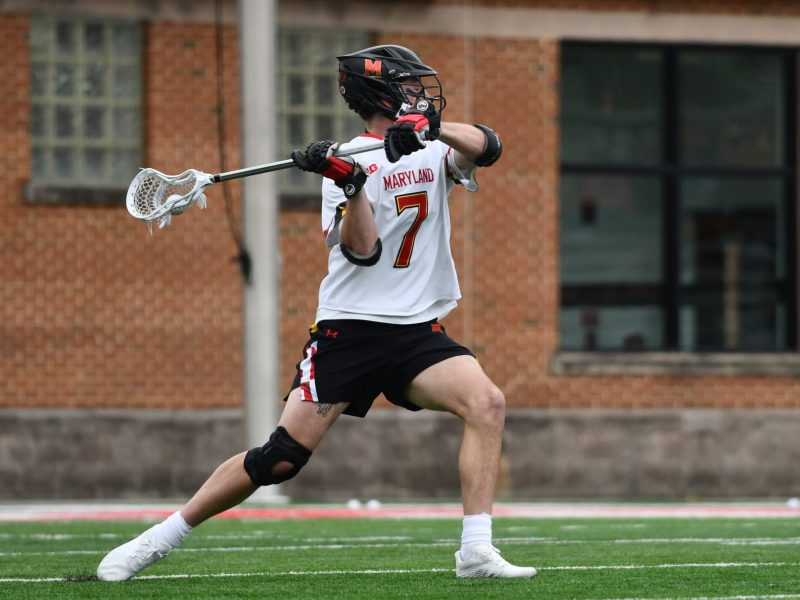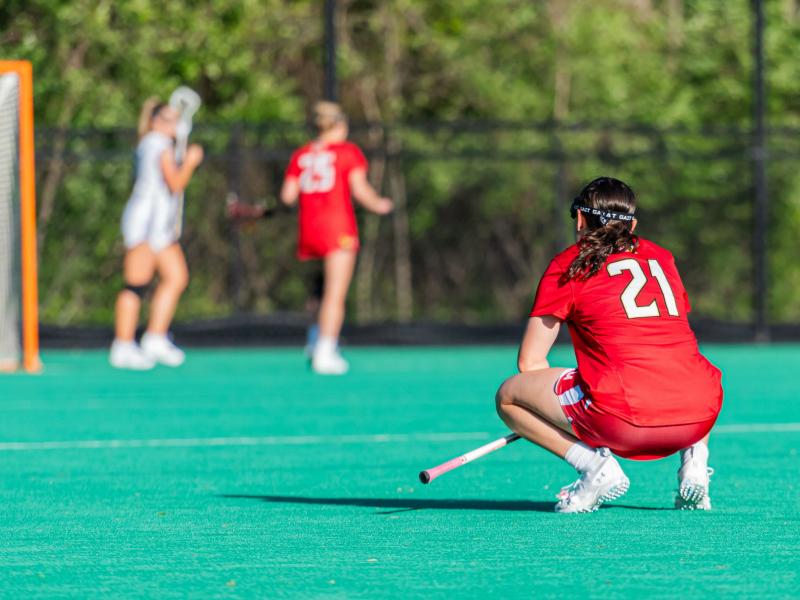
Luca Parmitano (European Space Agency), along with Karen Nyberg (NASA), speaks about their recent mission to the International Space Station to a crowd of over 300 at the University of Maryland on Wednesday, March, 26th.
Though he went through extensive training before his journey to space, astronaut Luca Parmitano wasn’t prepared for a malfunction in his suit during a space walk.
While working on a project outside the International Space Station in July 2013, he wasn’t sure what to do when he felt cool water on the back of his neck. Quickly, the water began to accumulate, and he realized he couldn’t see.
“Never in my life did I think that I would feel like a goldfish in a bowl,” he said. “You can never think of everything that can happen, but you can gain the confidence in what you’ve learned and apply [that] in any situation. I give the credit to the people that trained me.”
Parmitano, an astronaut with the European Space Agency, and NASA astronaut Karen Nyberg returned to Earth in November after almost six months on the ISS. Last night, they shared their experiences as flight engineers for 166 days on Expeditions 36 and 37 to about 200 audience members in the Biosciences Research Building. They orbited Earth 2,656 times and traveled more than 70 million miles, all in the name of science — and perhaps much more.
“My hope is that we can be a model and a drive for politicians to realize that we need to look further than borders and lines and start thinking of a global effort towards human aspiration,” Parmitano said. “We only have one Earth, one planet. That future, we build it today, and that future is in space. We are billions of people and we keep growing, and we only have one planet.”
The duo, along with Russian astronaut Fyodor Yurchikhin, took off from Kazakhstan in their Soyuz rocket in late May 2013, headed for the ISS, which orbits Earth about 250 miles above its surface.
“The launch is amazing; the ride is insane,” said Nyberg. “The vehicle kind of comes alive — you can feel the motion and the vibration — and once the rockets light, you’re going, and going fast. Exactly eight minutes and 48 seconds, in our case, until all of a sudden … you’re in space.”
The team worked Monday through Friday on a variety of projects, including new technology, scientific research, maintenance, research on themselves and other space aspirations. They had to ensure they worked out for two hours daily to maintain muscle and bone density in their weightless environment.
After they shared some video footage and talked about their experiences, Parmitano and Nyberg fielded questions and signed autographs for the many space enthusiasts in the crowd.
“I just want to go to space so bad,” sophomore computer science major Gabby Larios said. “It inspired me more. I just want to keep working harder because I see they have a lot of fun too, and I agree with a lot of things they said. We’re humans, and we should all work together to keep going further.”
Aerospace engineering major Matthew Feeney is working on his senior design project for an artificial gravity space station, and he said the astronauts’ expertise was interesting and relatable.
“They really seemed like they knew a lot about everything, not just specific space things. When they made a joke or referred to something back on Earth, it seemed like they were just normal people,” he said. “I thought that was really cool.”
The two astronauts called on students to keep pursuing new discoveries and to keep sending people to space.
“We’ve been exploring this world for so long. There’s something different about putting your eyes on it than putting a camera on it,” Nyberg said. “I think personally we need to get the human element in it. I think it’s worth the effort and money.”
Though Parmitano joked that they weren’t using differential equations on the Soyuz, he said all training is important.
“Training gives you a set of skills, just like what you are doing now in college. What you are studying gives you a set of skills that you can use in any situation,” he said. “We are learning today in order for you to be the generation that can go beyond; we are guinea pigs so you can go beyond.”



